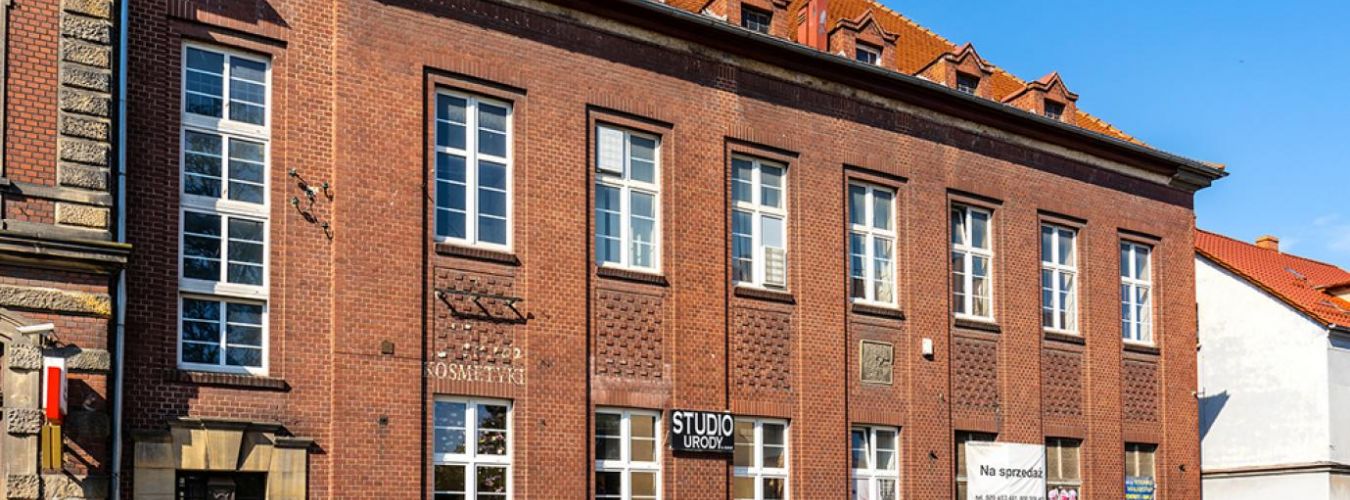Municipal Revitalization Program – what is it?
The Municipal Revitalization Program is a strategic document, adopted by the municipal council, defining the goals, directions of activities and specific revitalization projects in the designated area. The GPR is created on the basis of a detailed diagnosis of the social, economic and spatial problems of a given area. It includes both infrastructure investments and social activities, and its implementation requires the cooperation of local government, residents, entrepreneurs and non-governmental organizations.
Is the Municipal Revitalization Program mandatory? No – its preparation is not required by law, but having a Municipal Revitalization Program increases the chances of the municipality (and indirectly also investors) to obtain funds from national and EU funds, especially from programs focused on sustainable development and the reconstruction of degraded areas.
You may be interested in: What is revitalization - reactivation of buildings and cooperation with local government
Revitalization – what are the benefits of entering an investment into the GPR?
Investments entered into the GPR, especially those implemented in cooperation with local government, can count on many benefits and facilities.
Funding and tax relief for revitalization projects
Projects entered into the GPR may receive funding from EU funds, national support programs, and the municipal budget. This applies to both construction investments and social or economic activities.
Investors can also benefit from tax relief, grants and preferential terms for renting or leasing real estate belonging to the commune.
Formal facilities
Projects included in the GPR are treated as a priority by local government administration, which translates into faster procedures for obtaining administrative decisions, building permits or changes in spatial development plans.
In the case of the establishment of a Special Revitalization Zone, investors can count on additional support instruments, e.g. simplified procedures and exemptions from real estate tax for those implementing revitalization projects.
Investment security
The GPR is a clear declaration of the municipal authorities regarding the development directions of a given area, which limits investment risk and allows for better planning of projects in the long term. Investors also have the opportunity to co-create the program and submit their own projects at the stage of social consultations, which increases the chances of their implementation.
Cooperation with local government and social partners
The implementation of GPR is based on a public-private partnership, which opens the way to joint investments with local government, non-governmental organizations and other economic entities. This cooperation helps build a positive image of the company and strengthens its position on the local market.
How to check if a property is located in a revitalization area?
Each commune conducting revitalization activities publishes the GPR document in the Public Information Bulletin or on the office website. There you can check:
- whether the area is within the revitalization area;
- what activities are planned in its surroundings (e.g. new roads, social infrastructure, functional transformations);
- whether the commune allows the participation of private entities and what type of partnerships is it looking for.
It is also worth contacting a local revitalization coordinator. Such a person often supports investors during the planning and implementation stages of projects.
GPR: a chance for profitable investments and support from the commune
Why should an investor use the GPR? The Municipal Revitalization Program (GPR) is a local planning tool that identifies degraded areas and supports their reconstruction. For investors, this means the possibility of obtaining funding, simplified procedures and cooperation with the commune. Although the GPR is not mandatory, it significantly increases the investment attractiveness of the property and access to EU and national funds . It is worth checking whether the planned investment fits into the local program and taking advantage of the available preferences.
By including GPR in their investment strategy, entrepreneurs can not only increase their profits, but also contribute to the renewal and development of the local community.
See also: What is sustainable construction? How to adapt properties from the secondary market
You may be interested in: Conference "Reactivation"
